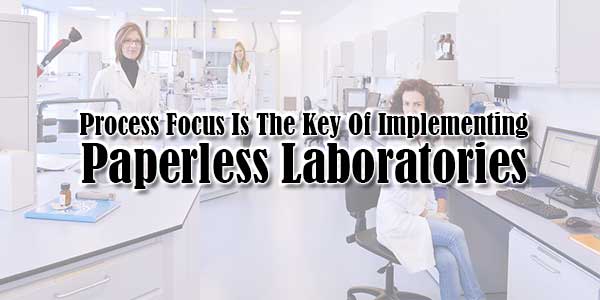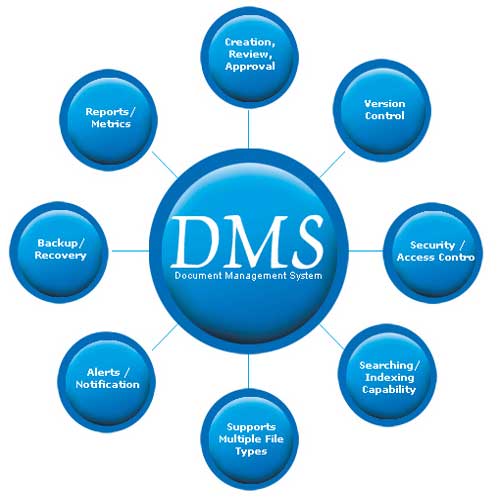
The process of implementing paperless laboratories should undoubtedly be focused towards improvement. The main drivers in the process are business-based and include capacity increases, decision making speed, efficiency gains and cost reduction. Preparation of regulatory databases is the main rationale for electronic working but regulatory compliance is definitely an important part of the process especially or implementation of paperless labs within regulated environments.
Table of Contents
Objective Of Paperless Laboratories:
The main purpose of implementing paperless laboratories is to:
- Scaling down the paperwork – It is easier and faster to acquire and manipulate data through paperless laboratories than it is through paper-based processes.
- Reduce cost – It is far much cheaper to generate, store and share documents on the cloud than doing so on paper.
- Increase efficiency – You can share data easily and quickly using cloud based document management systems thus allowing for quicker decisions than is the case with paper-based processes.
Successful process of implementing paperless laboratories will help reduce costs, increase efficiency, and enhance accessibility and security for all the work done in the lab. However, the transition process must begin by first of all understanding your business’ current situation before redesigning and optimizing your paperless lab process. This will help you make use of the IT systems efficiently and effectively.

Mapping Out the Right Strategy:
It is by understanding your current situation that you will be able to map out the right strategy to take and appreciate why you are making this necessary move. This will also help you identify some common barriers to paperless environment and also give the right solutions on how to break them down. The involvement of an IT specialist can help map out the process that will help implement paperless laboratory that best meets your business needs.
Dealing With Bottlenecks & Hold-Ups:
In addition, focusing on the process of implementing paperless laboratories will also help determine the operating costs and see how it impacts on your business. However, this move is always cheaper and better compared to paper-driven process and can help to save your business a lot of money. The greatest aim of looking at the process is to identify process hold-ups and bottlenecks during implementation. It is important to find, evaluate and understand the main causes of process restrictions and by so doing, you will be able to improve and challenge the process. The goal is to capture, store and share data electronically, find out how to work electronically and get electronic signatures so as to comply with the legal requirements.
The data captured should be transferred electronically between your systems and not retyped. Focusing on the process will help remove inefficient tasks while at the same time improving your implementation speed. It is also important to know and interpret the applicable regulations under which the laboratory operates. This will help you know the records that require to be produced, signed and when this should be done.
During the implementation of paperless laboratories, it is always important to have automation strategy that perfectly aligns with the business goals of the organization. This is especially important considering that the full implementation of the process could take a number of months or years to fully achieve.
Utilizing Document Management Software:
When it comes to process focus, using document management software could be another excellent inclusion in your business plan. The various techniques and process of the modern document management systems can definitely make your work process easier and simpler. Technologies like efficient office management and smart integrations are the essential driving forces of modern paperless laboratories.
Reviewing and Revising the Strategy:
The implementation strategy needs regular reviewing and revisions to check how well the process is aligning with the business objectives of the organization. It is also important to ensure that the implementation of different systems is properly integrating with the current ones while at the same time assessing the impact of the new systems and technologies in regards to the general direction of the lab strategy.
It is important to ensure that each application is implemented and self-justified with a quick ROI while automating the primary analytical process efficiently. It should also interface with the current systems to influence improved business benefits.

 About the Author:
About the Author:
















thanks for the enlightenment on Objective Of Paperless Laboratories
Welcome here and thanks for reading our article and sharing your views.